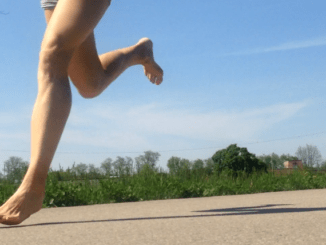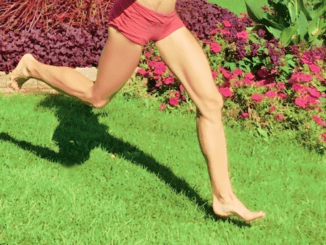
How to Fix Hip Pain From Running? Avoid Heel Striking!
Studies consistently point to heel striking when running as a major risk factor for hip injury because landing heel-first comes with mechanical outputs that keep impact loads too high on the hips as well as the knees as compared with forefoot running.




